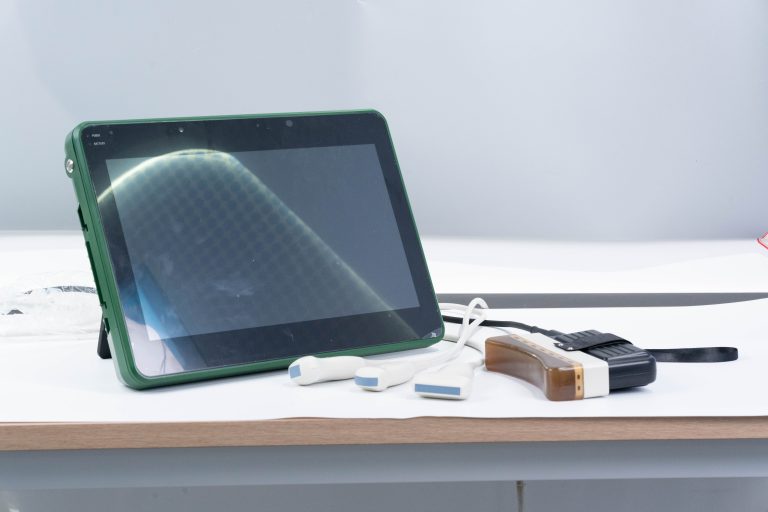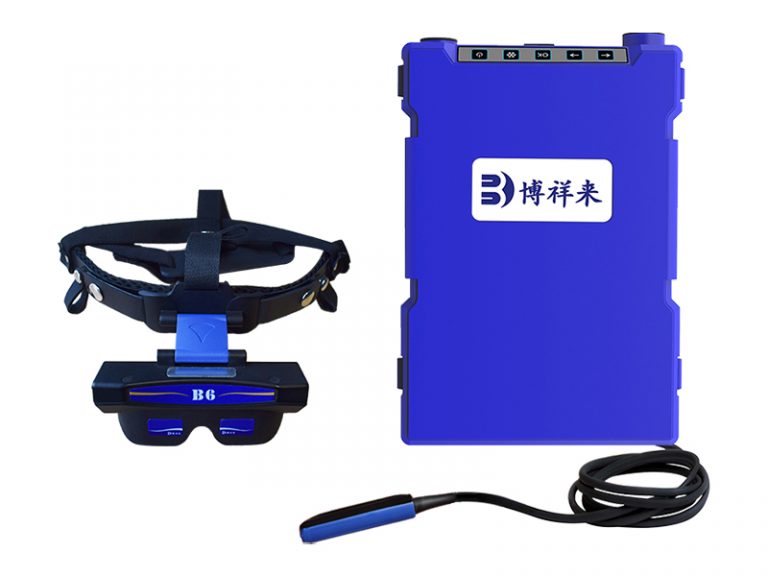Does Being Overweight in a Pregnant Mare Affect Ultrasound Accuracy?
As a livestock breeder who has spent years managing broodmares through their pregnancies, I’ve come to appreciate how important reliable diagnostic tools are, especially ultrasound. It’s the go-to method for checking pregnancy progress, fetal health, and reproductive conditions. But over the years, I’ve noticed a pattern worth discussing: overweight mares tend to present more challenges during ultrasound exams. Is this just a coincidence, or does excessive weight in a pregnant mare truly impact the effectiveness of ultrasonography? This article explores that question from the perspective of a working breeder, while grounding the discussion in veterinary imaging science.

Understanding the Basics of Equine Ultrasound
Ultrasonography, or ultrasound, is one of the most widely used imaging techniques in veterinary medicine. It operates using high-frequency sound waves (typically 1.5 to 18 MHz) to create real-time images of tissues and organs inside the body. These sound waves are emitted by a transducer, which also receives the echoes that bounce back when the waves encounter different tissue densities. The time and strength of the returning echoes are processed into an image.
In the reproductive care of mares, transrectal ultrasound is the most common approach, especially in early pregnancy. It allows us to evaluate the uterus, ovaries, and developing fetus in great detail. Later in pregnancy, a transabdominal approach may also be used to check fetal viability and development.
The Physical Challenge: How Body Condition Affects Imaging
In theory, ultrasound works well on any mare. In practice, though, overweight mares often pose a diagnostic challenge. Why? The issue primarily revolves around how ultrasound waves interact with different tissues.
Fat tissue, which is more prevalent in overweight animals, tends to absorb and scatter ultrasound waves. This leads to a weaker signal and more noise in the image. The deeper the target structure—like the uterus or the fetus—the more tissue the sound waves must penetrate. When there’s a thick layer of subcutaneous fat, this penetration becomes more difficult, especially if using high-frequency probes, which are good for detail but have limited depth range.
From my own experience, scanning an overweight mare usually takes longer, often requires multiple passes, and doesn’t always yield clear images. The deeper anatomical structures can appear blurry or obscured, making it harder to assess fetal health or identify abnormalities early.
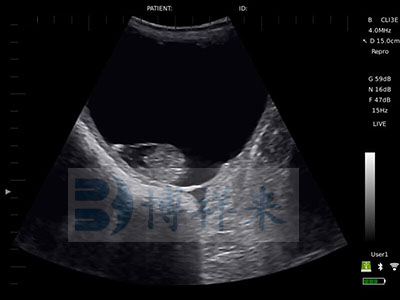
Technical Limitations and Operator Dependence
Ultrasound is a highly operator-dependent technique. This means that the quality of the image and the accuracy of interpretation rely not only on the machine’s settings but also on the skill of the person holding the probe.
In overweight mares, the ultrasonographer must often make several adjustments—lowering frequency to increase depth penetration, changing the scanning angle, or applying more pressure. However, lowering frequency can decrease image resolution, which is a trade-off. This creates a situation where subtle fetal changes or signs of placental insufficiency could be missed.
As a breeder, I’ve had to work closely with our veterinarians and sometimes repeat scans to get better results. In some cases, we’ve had to sedate restless mares just to get a stable image, which adds cost and stress to the procedure.
Impact on Reproductive Monitoring and Decision-Making
Ultrasound is not only used for confirming pregnancy—it’s a critical tool for making decisions about nutrition, exercise, and intervention. If the ultrasound images are unclear due to excessive fat layers, our ability to detect problems like placentitis, twins, or poor fetal growth is compromised.
This can delay treatment or create a false sense of security. For example, if fetal heart rate monitoring is not possible because of image quality, we might miss early signs of distress. This is not just an inconvenience—it’s a serious welfare issue for both mare and foal.
In my breeding program, we’ve adjusted feeding plans to manage weight better in pregnant mares, especially those who tend to gain too much. It’s not just about aesthetics—it’s about ensuring we can properly monitor the pregnancy using all the tools available.
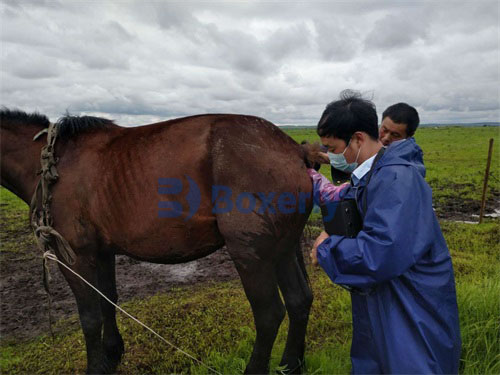
What the Science Says
Veterinary literature supports these observations. Multiple studies show that increased body fat in horses leads to acoustic attenuation—meaning the sound waves lose energy faster as they travel through the body. This attenuation reduces both the depth and clarity of the image. In diagnostic imaging, image quality directly affects diagnostic accuracy.
Moreover, many standard ultrasound machines are calibrated with average-sized animals in mind. Overweight animals often fall outside the optimal scanning parameters, further reducing effectiveness. While some advanced systems offer better penetration and adaptive imaging modes, these are not always available in field settings.
Strategies to Improve Imaging in Overweight Mares
Despite the challenges, there are several strategies that can help improve ultrasound outcomes in overweight pregnant mares:
-
Use Lower Frequency Probes: These allow deeper penetration but sacrifice resolution. They are more effective when scanning through thick tissue.
-
Optimize Machine Settings: Adjusting gain, depth, and focal zones can help enhance image clarity.
-
Hydrate the Scan Site: Proper contact using high-quality ultrasound gel and ensuring there’s no air between the transducer and the mare’s skin improves acoustic coupling.
-
Proper Mare Positioning: Encouraging the mare to stand square and stay relaxed can stabilize the scan area.
-
Veterinarian Expertise: Experience plays a huge role in navigating the anatomical variations of overweight animals. Skilled operators can often extract useful information even from suboptimal conditions.
Long-Term Solutions: Prevention Over Correction
From a farm management perspective, the best solution is prevention. Managing the mare’s body condition score (BCS) throughout gestation is key. Ideally, pregnant mares should maintain a BCS between 5 and 6 (on the 9-point scale), which balances nutritional needs with ease of monitoring.
We’ve implemented controlled feeding programs and regular body weight assessments. This not only supports fetal development but also makes routine ultrasound checks smoother and more informative. Educating staff on body scoring and early signs of overfeeding has also been effective.
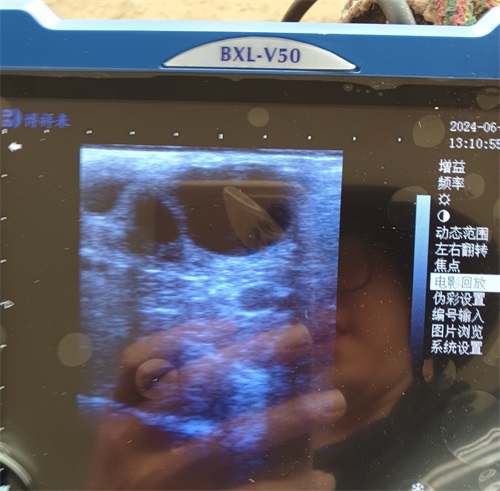
Conclusion: Yes, Overweight Mares Make Ultrasound Harder—But It’s Manageable
In conclusion, being overweight does indeed reduce the effectiveness of ultrasound exams in pregnant mares. Excessive fat layers interfere with image clarity and depth, making it harder to assess critical reproductive parameters. However, with proper management, operator skill, and the right technology, these challenges can be addressed.
From one breeder to another, I strongly recommend keeping a close eye on your mares’ condition—not just for their health and foaling outcomes, but also to ensure that your diagnostic tools can work to their full potential. Ultrasound is an incredible asset in modern horse breeding, but like any tool, it performs best when conditions are right.
References:
-
Reef, V. B. (2010). Equine Diagnostic Ultrasound. Saunders.
-
Ginther, O. J. (1995). Ultrasonic Imaging and Animal Reproduction. Equiservices Publishing.
-
Klohnen, A., et al. (2008). “Obesity in Horses and Diagnostic Imaging Challenges.” Equine Veterinary Education, 20(2), 79–85.


